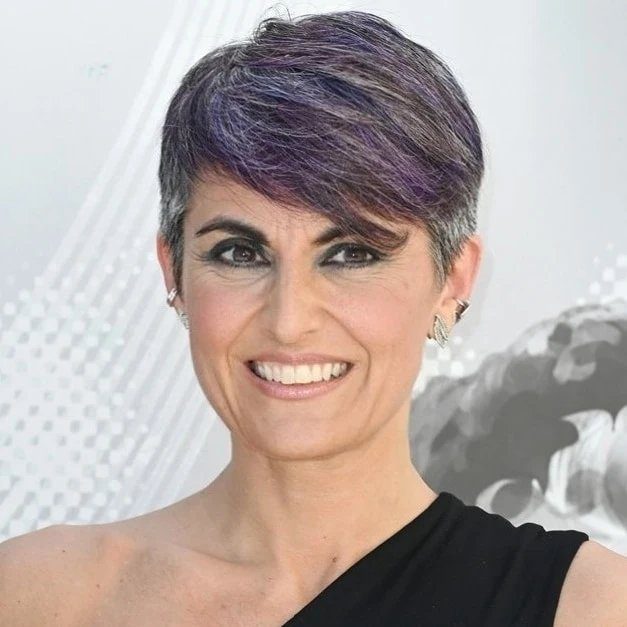“We believed a lot in this selection, and we had a confirmation from the audience,” Delegate General Beatrice Fiorentino tells Ciak with satisfaction, taking stock of the 38th International Film Critics’ Week, an autonomous and parallel section of the Venice Film Festival promoted by the National Union of Italian Film Critics and dedicated to debut works. “All the titles,” he stresses, “had a warm response, also in terms of attendance.” Theatres were always partially full, despite some disorientation caused by the online seat reservation system. And a predominantly (increasingly) young audience, confirming the strong grounding in this space’s present.
The unifying feature this time was reflection on the image. But is it still important today for cinema to reflect on itself? Some would see in it a risk of intellectualism…
I think it is essential, first of all, because we live immersed in images. We have almost all day long in our hands a device that reproduces images. And if we cannot decode them, we become slaves of this communication. But I think it is also necessary to revitalize cinematic storytelling compared to a noticeable advance of television storytelling, which is of excellent quality but still different. The more we activate novelty and diversity, the more we graft freshness into cinema, thus giving it a future. Today, there is an established cinema of great authors that no one questions but is static. We need to graft new energy and give it space in SIC and, in general, in all the festival’s collateral sections.
And, among other things, a cinema has emerged that has crossed the fences between genre and authorship, documentary and fiction…
Something of this kind has happened before, and today, overcoming barriers should be customary. I register, in particular, a lot of cinema that starts from the real but then invents new ways of telling. We had four documentaries, but it would be even better to call them “non-fiction,” with very different narrative forms. And they are films for everyone, without hostility to the viewers. In fact, among the people who stopped me outside the screenings to tell me their impressions, there were many young people but also mature people and general audiences.
And the young Italian cinema of the SIC@SIC shorts also emerges…
Yes, and it moves me that Alain Parroni, Simone Bozzelli and Tommaso Santambrogio presented their first feature films outside SIC this year. At first, the SIC@SIC shorts were more classically narrative. Now they dare, they experiment. Not only that, I realized that the authors selected this year to create a family, a community of people who know each other, esteem each other, and work together. And it is also a very encouraging prospect for the Italian cinema of the future.
The last day of SIC is dedicated to a Special Event, the doc Passione Critica, which evokes a season between the 1960s and 1970s, marked by political and cultural militancy by the continuous exchange of ideas even with the authors. Can something from that season be recovered in today’s changed context?
We are doing just that: with other forms and languages that are only apparently less “committed” or challenging. Since I’ve been at SIC, I’ve been trying to get closer to the public, to talk to them, but maintaining an identity of criticism, of which I’m proud. The same goes for politics: this year’s films are pop, but they are also political. In Malqueridas, for example, there is a reflection on the political sense of the image but without ideologies. I am not interested in ideologies or parties. I am interested in political thinking. Politics is beautiful, and it is everywhere. It is part of our life. Passione Critica is a joint event with La Biennale and Venice Days, and that also fills me with pride because thinking about things is a common battle. And that between critics and authors is a fertile discussion that must continue.
But why do you think Venice had so many vampires this year? Even at SIC, with The Vourdalak…
It’s a powerful metaphor, and maybe there is a bit of darkness in today’s climate for many complex reasons. So, on the one hand, in this gothic atmosphere, we breathe it, and we fear it. I think there are self-explanatory “vampire” figures in the present, and, alas, there have been. By the way, the vampires seen at the Exhibition are all very different from each other: there are the “humanist” ones who feel guilty, and there are those who eat each other in a “male” line. I consider The Vourdalak a film against patriarchy, and I like the idea of a path where a woman, a daughter, opens up to another possibility.

